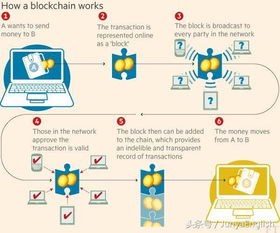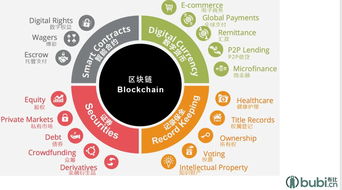Understanding Blockchain: The Future of Digital Transactions

Blockchain technology has emerged as a revolutionary force in the digital world, reshaping industries and transforming the way we conduct transactions. This article delves into the basics of blockchain, its working principles, and its potential impact on various sectors.


Blockchain is a decentralized digital ledger that records transactions across multiple computers so that the record cannot be altered retroactively without the alteration of all subsequent blocks and the consensus of the network.
Blockchain technology is essentially a chain of blocks, where each block contains a list of transactions. These blocks are linked together using cryptographic hashes, creating a secure and transparent record of transactions.


One of the key features of blockchain is its decentralized nature. Unlike traditional centralized systems, where a single entity controls the data, blockchain distributes the data across a network of computers, known as nodes.
This decentralization ensures that no single entity has control over the entire system, making it more secure and resistant to hacking attempts. It also reduces the dependency on intermediaries, such as banks or financial institutions, leading to faster and more cost-effective transactions.


Blockchain operates through a series of steps, including transaction creation, block creation, and block validation.





Cryptographic hashing plays a crucial role in ensuring the security and integrity of the blockchain.
When a block is created, its data is hashed using a cryptographic algorithm. This generates a unique hash value for the block. Any change in the data within the block will result in a different hash value. This ensures that the data within the block cannot be altered without changing the hash value, making the blockchain tamper-proof.


Blockchain technology has the potential to disrupt various industries, including finance, healthcare, supply chain, and more.





Blockchain technology has the potential to revolutionize the way we conduct transactions and manage data. Its decentralized, secure, and transparent nature makes it a promising solution for various industries. As blockchain continues to evolve, we can expect to see more innovative applications and a wider adoption of this groundbreaking technology.
